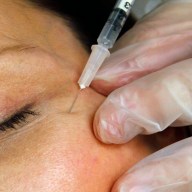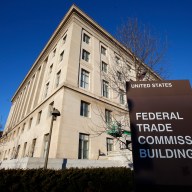By Julie Steenhuysen
CHICAGO (Reuters) – The Federal Select Agent Program, which oversees dangerous substances such as anthrax and bird flu in federal, academic and private labs, reported 199 incidents in which lab workers were potentially exposed to infectious or toxic agents in 2015, though there were no losses of select agents. No lab workers became sick, according to the first ever report issued by the program, which is run jointly by the Department of Health and Human Services, the Centers for Disease Control and Prevention and the Department of Agriculture. The reports are to be issued annually. The handling of select agents has been under fire since 2014 when the CDC and other federal labs reported several incidents of mishandling of dangerous pathogens.
New regulations issued in 2014 by the Federal Experts Security Advisory Panel (FESAP) – which provides recommendations on the security of biological select agents and toxins to government agencies – have called for greater transparency over the handling of select agents. Scott Becker, executive director of the Association of Public Health Laboratories, said a quick review of the 32-page report did not show any incidents of great significance.
“To me, the most important part is that they are following through on the FESAP recommendations of greater transparency. Also good to know there were no losses or thefts of select agents this year,” Becker said in an email. There were, however, several close calls.
According to the report, there were 12 potential losses and 233 potential releases of select agents reported to the Federal Select Agent Program in 2015, which oversees the handling of select agents in federal, academic and private labs. None of the labs involved in the incidents were named. FBI investigations of the 12 potential losses showed that all were the result of clerical errors or of samples mistakenly destroyed in an autoclave, a container used for chemical reactions.
Of the 233 potential releases, investigations showed there were 199 reports in which a lab worker might have been exposed.
The report also detailed incidents in May and June of viable anthrax that had inadvertently been transferred to other labs. The timing coincided with reports in May 2015 that a U.S. military base in Utah mistakenly shipped live anthrax samples to labs in other U.S. states and seven countries. None of the potential releases resulted in illnesses, deaths, or transmissions outside of laboratories into the surrounding environment.
(Reporting by Julie Steenhuysen; Editing by Andrew Hay)


















